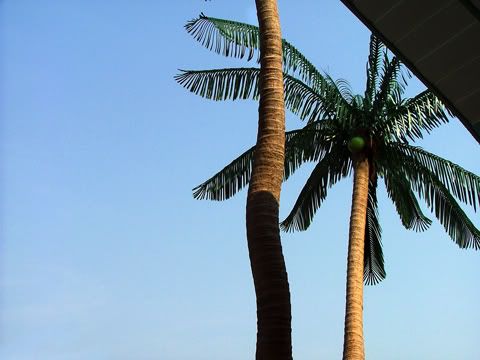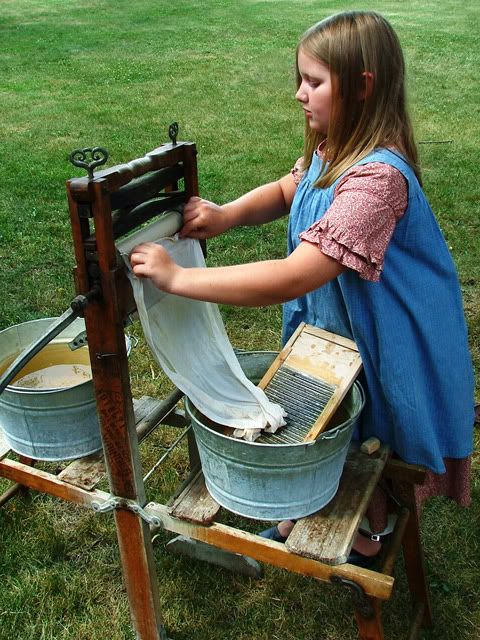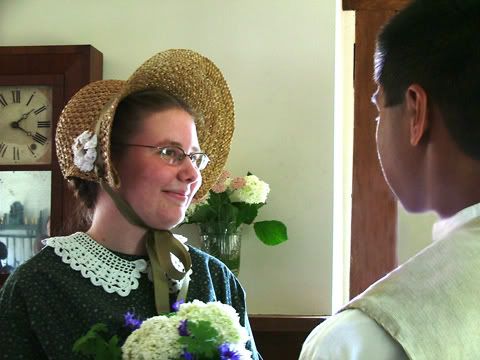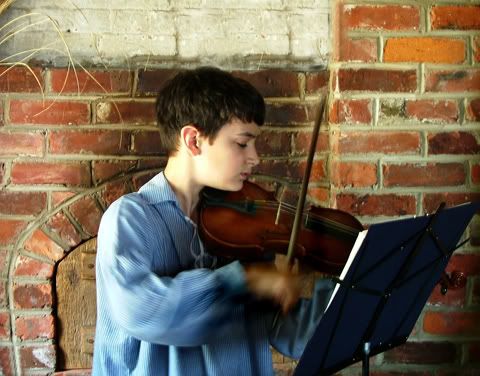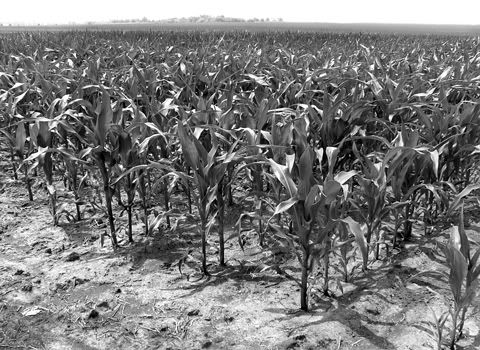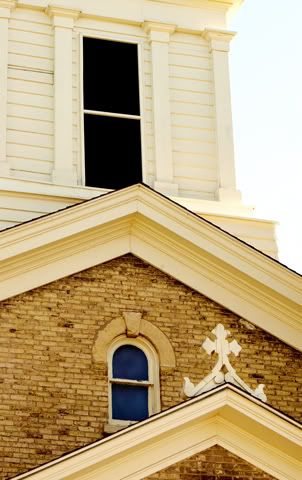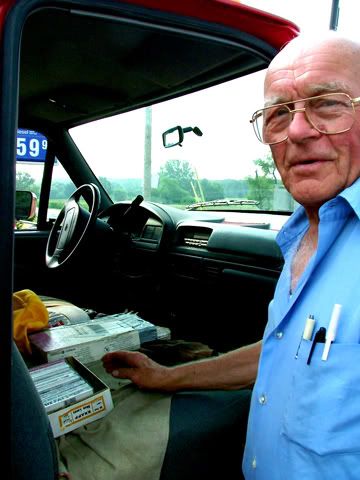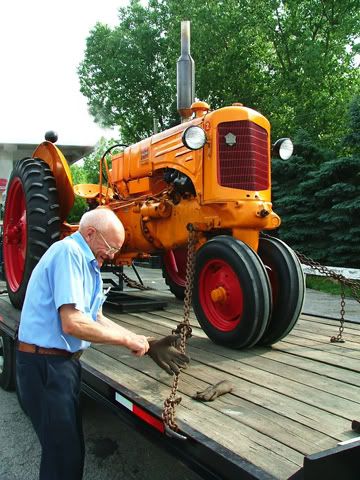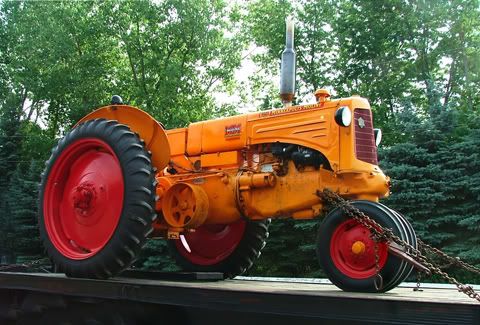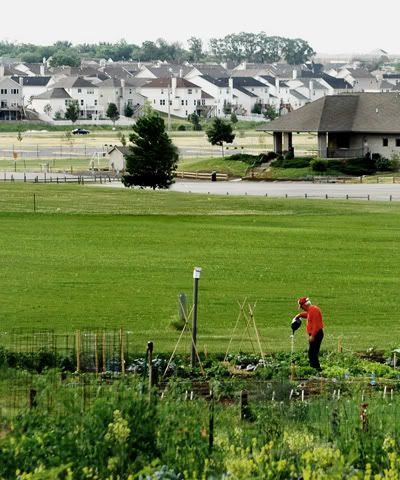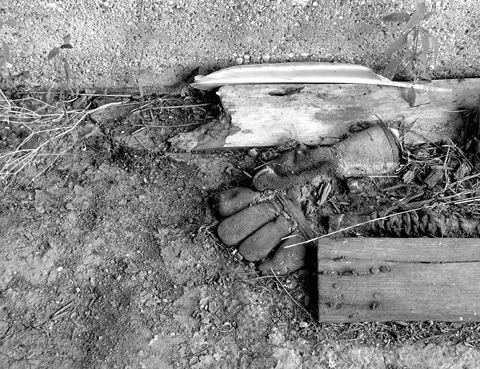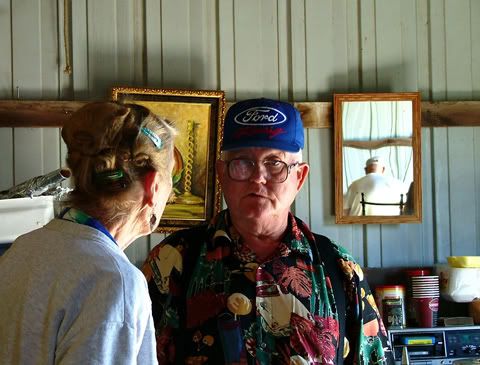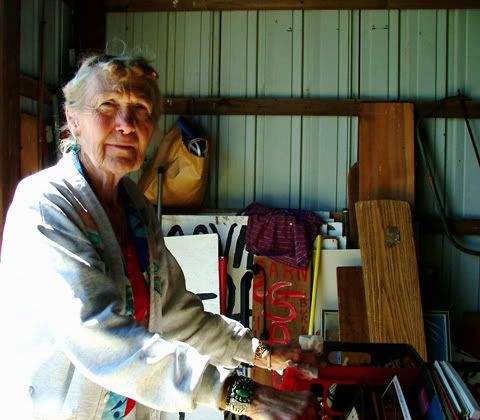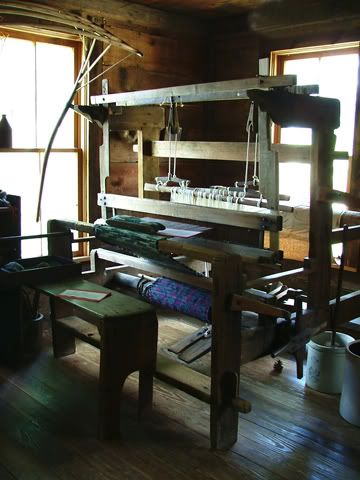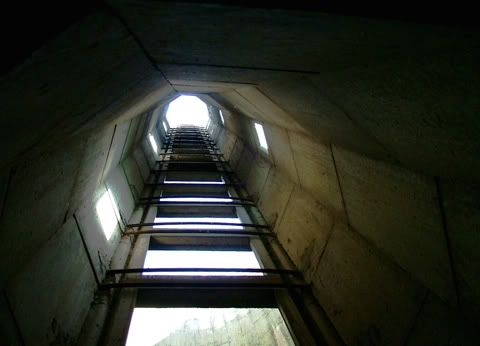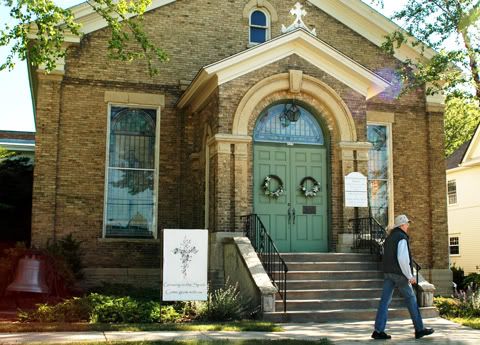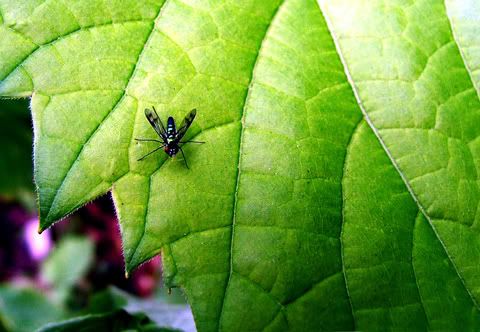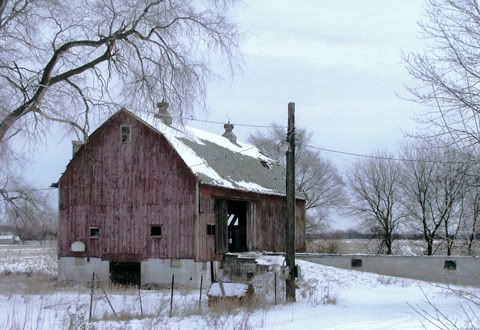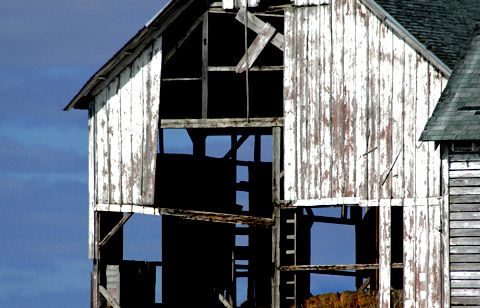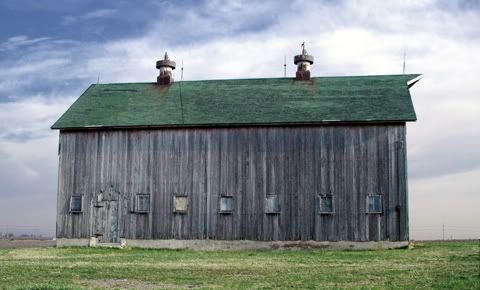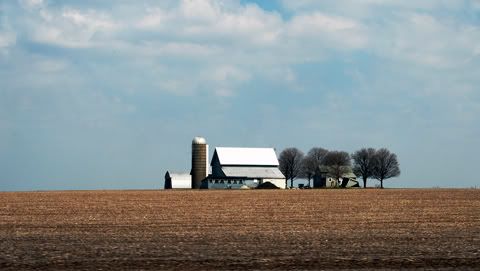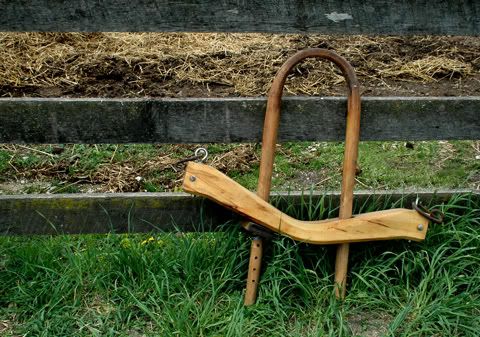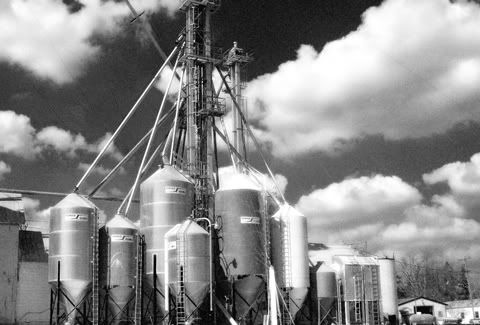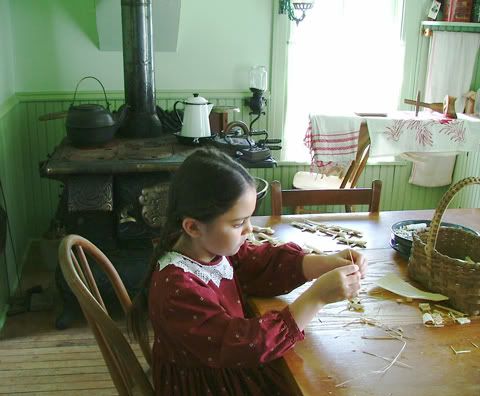
This is the color photo I started with.
Usually I convert an image to monotone using the Channel Mixer mode in Photoshop, but for this purpose I needed to follow these steps:
Image > Mode > Grayscale > Discard all color information? > Click OK
This produced the following black and white image:
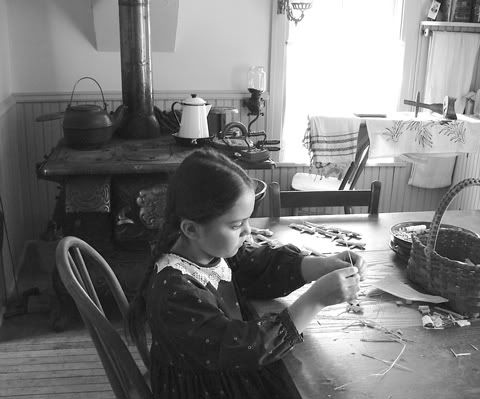
I then converted the image to a duotone:
Image > Mode > Duotone > (Drop down menu) Type > Duotone
Color #1 is black > Click on color #2 > I chose Pantone 134C
Here's the duotone:
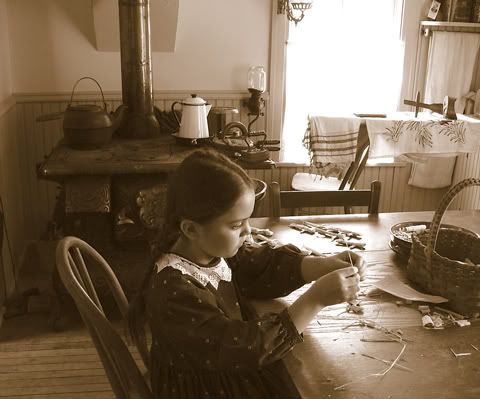
In order to produce a tin type effect I then created a vignette:
Grab the Elliptical Marquee Tool and draw an oval selection where you'd like the light to fall on your subject.
Add a new layer in the layers palette. Hold the Alt. key and click once on the Layer Mask icon at the bottom of the layers palette.
Next, in the Layers palette, click on the large thumbnail of the layer you just added. The thumbnail appears all black. Press "d" to set the foreground color to black, then hit Alt-backspace to fill the layer with black.
Click on the opacity slider and set it to anywhere between 40-50% and your photo should now should have a dark border with a transparent oval in the center.
In the layers palette click once on the Layer Mask thumbnail (the thumbnail with the black oval).
Go to the Filter menu - Filter > Blur > Gaussian Blur. Pull the slider all the way to the left and start moving it to the right until your find a pleasing blend.
Click OK.
You're done.

Now....run out and get some vintage clothing, or find some of those Civil War reenactors and you can create yourself some fake tintypes.

